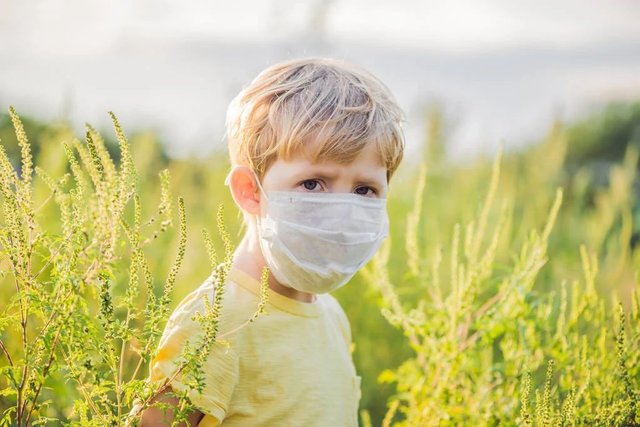Europeans and Americans are finally going to wear masks.
On April 3, the COVID-19 guidelines of the US Centers for Disease Control and Prevention ((CDC)) recommended that people wear "simple cloth masks" to cover their noses and mouths to help slow the spread of the virus.
However, due to the shortage of protective equipment for front-line health care workers, ordinary people do not have to wear N95 masks.
In fact, there are reports that because of the extreme shortage of N95 masks, the US government even tried to bribe and threaten suppliers to obtain more N95 masks at airport customs.
On Google, the number of searches for "where to buy a mask" is the highest since the advent of the Google engine.
On April 4, May 5, shoppers searched for masks on Etsy more than 2 million times, and the director of the US Department of Health even uploaded a video on YouTube showing how to make masks at home with old t-shirts and rubber bands.
In the midst of this panic, no fashion or clothing brand has stepped up efforts to restructure its production lines to help produce medical and consumer masks, including big names such as Prada, Chanel, Louis Vuitton, and Dior, as well as almost all shopping malls in the United States-Gap, Zara, Brooks Brothers, Eddie Bauer, and Eileen Fisher.
Other niche designers, small independent brands, and brands that make uniforms for Major League Baseball (Major League Baseball) players are among them.
In this way, the fashion boom in the production of masks has won a lot of praise around the world, with special reports from the New Yorker (The New Yorker), Fox News (Fox News) and Bloomberg (Bloomberg).
Especially for small fashion brands facing difficulties, it's like a free PR promotion, and you can get some money from it.
Of course, no one will admit that they produce masks to benefit from active media attention and brand goodwill.
But Zara Stone, the author of this issue, believes that in the United States, fashion brands selling masks are not just for social responsibility, but for commercial reasons.
The article is from the marker, "that's why all fashion companies are making masks right now." (WThe Real Reason Every Fashion Company Is Now Making Face Masks).

In the United States, one of the great advantages of selling masks is that factories can continue to work.
While most states have issued their own temporary asylum orders (although only eight have insisted), many so-called non-essential businesses have closed, including retail stores, beauty salons and factories that produce non-essential goods.
And most fashion companies deal with non-essential goods, such as all kinds of fashions and handbags.
The clothing industry has been particularly hard hit by the pandemic, with hundreds of thousands of people out of work, Macy's laying off most of its employees and Gap laying off nearly 80, 000.
It can be said that before that, retailers were already struggling with extremely low sales and heavy debt, and the coming recession would be the last straw to crush them.
As a result, for some fashion companies, switching to making masks may be the only way for them to weather the crisis, known as the "life raft of the fashion world".
Making all kinds of masks is an essential business, which also gives them a chance to win lucrative government contracts.
Although President Trump has been reluctant to use the Defense Production Act to force more companies to produce masks, many cities, states, and federal agencies, including the Department of Veterans Affairs, the Department of Defense and the Prison Administration, have posted the demand for more suppliers online.
Another benefit of obtaining these government contracts is the cost of coverage, and the cost of converting factories into masks is borne by the government, giving these companies cash to pay rents and wages to their employees during the outbreak. and try to keep the supply chain intact as much as possible.
The president of a Pennsylvania-based menswear brand told the Wall Street Journal (the Wall Street Journal) that the entire brand was revamping the factory with the full support of the governor, and the production of medical protective equipment PPE accounted for 25 to 40 percent of the company's total business.
However, although many hospitals are in urgent need of PPE, most of the masks produced by these fashion companies are not medical-grade products. "the process of making masks for medical workers is far more complicated than sewing a piece of fashion."
Ironically, one company that is not as enthusiastic about making masks is Texas-based Prestige Ameritech, which actually makes most of the medical masks used in American hospitals.
Although the company's daily production of masks has increased to 600000, it has no plans to further expand production.
Because during the outbreak, everyone wants to buy masks, but after the crisis, the surge of customers will quickly leave to order cheaper masks from China.
This happened during the H1N1 flu outbreak.
The same is true for the fashion industry, where increasing production to supply demand is not the same as winning any permanent contract. It is only a short "life raft" during the crisis, and how to survive after the epidemic is alleviated is the problem.